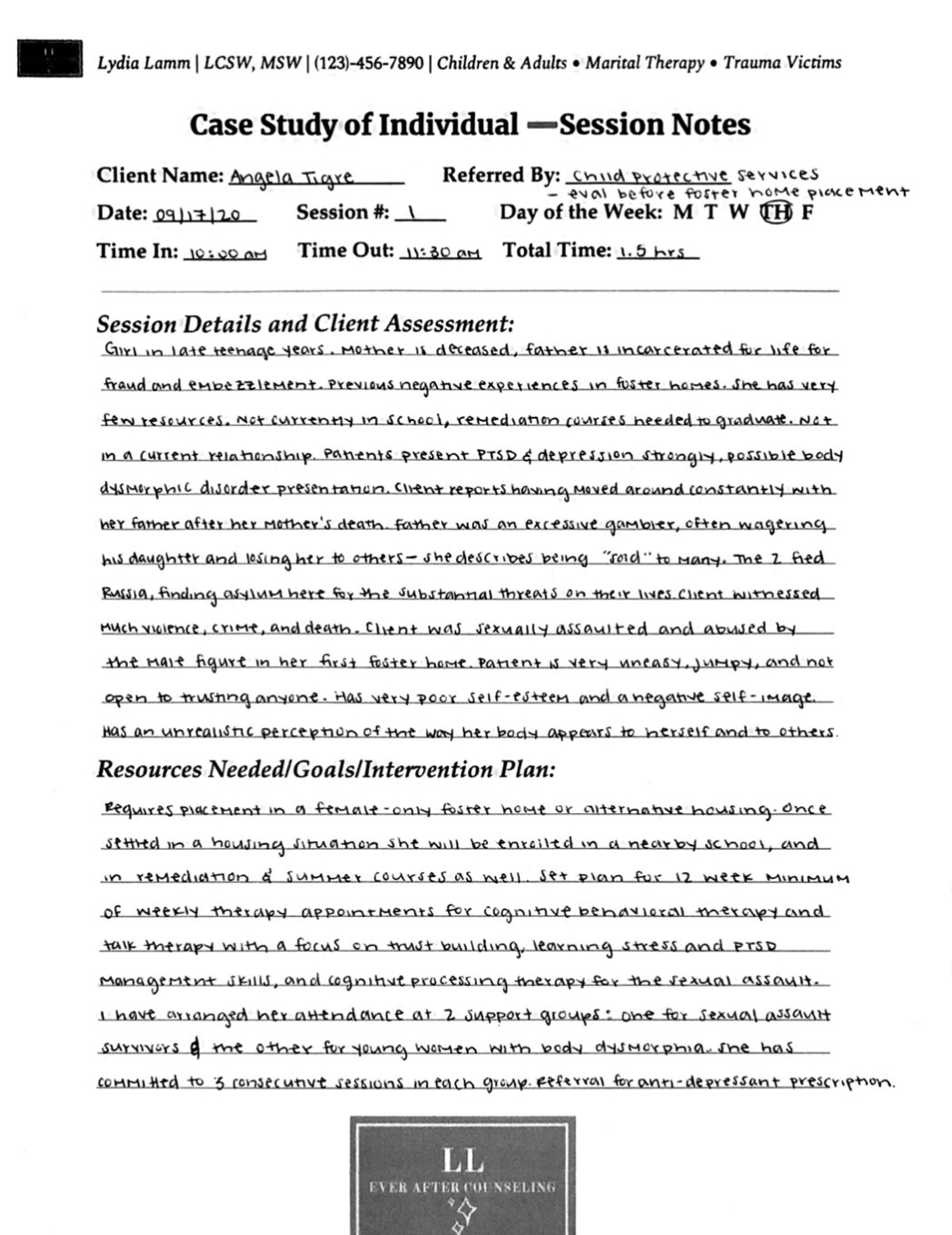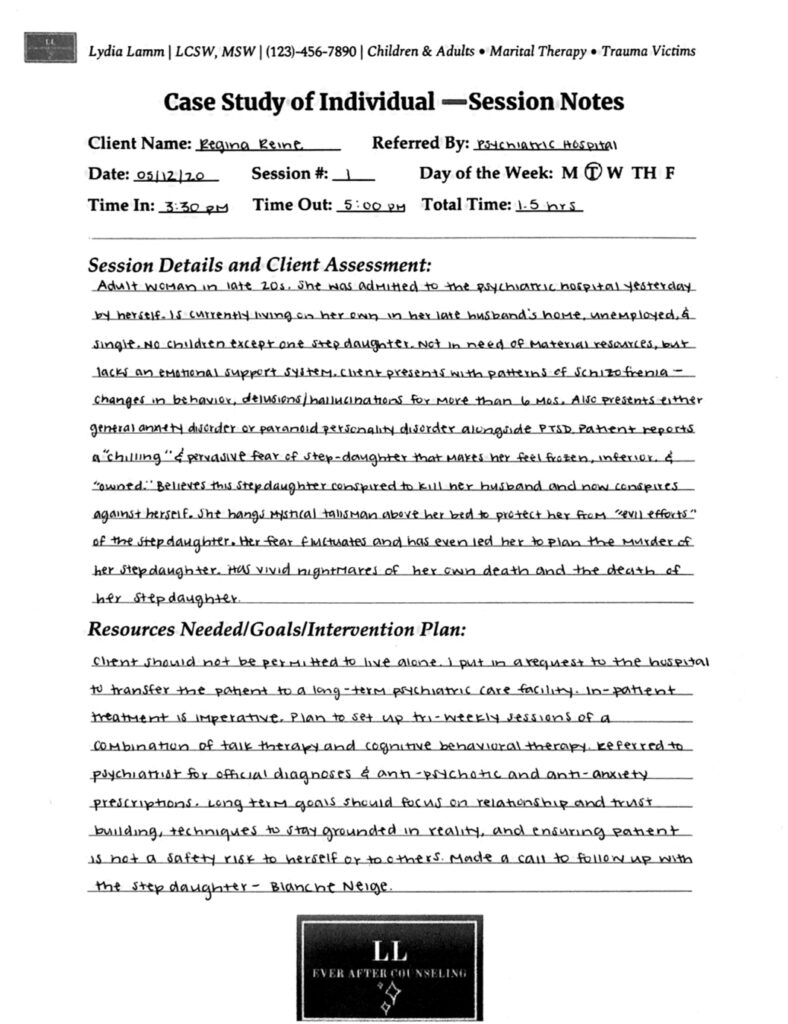By Lydia Lamm
Fairy tales are more than quirky stories told to children; they can be tools as well. Ever wondered why we read or tell them in the first place? One, because fairy tales are fun. They ignite our imaginations, fly us off to lands far from our realities, and allow us to root for the little guy that has a zero percent chance of defeating his enemy (even though, of course, he is victorious in the end). Two, because fairy tales have the power to instill lessons into the subconscious of an adolescent through that fun, where there is no danger of their fears and confusion coming into the life right before their eyes. Fairy tales are able to curb children’s “oedipal impulses,” as Bruno Bettelheim calls them, satisfy a child’s need for true justice (rather than the compassion we “adults” seek), and grapple with the somewhat irrational fears they may have of being actually devoured or abandoned by their own parents.
“Fairy tales do not tell children the dragons exist. Children already know that dragons exist. Fairy tales tell children the dragons can be killed.”
– G.K. Chesterton
Fairy tales may be gruesome, countercultural, and absurd, but that is precisely what makes them into not only a new way for children to understand difficult-to-grasp concepts, but also a prescriptive medicine for even adults to begin healing from violent and traumatic events or to accept their mental situations in real life. Fairy tales grab reality, force it into a blender, and pour out a bubbling magical potion which resembles nothing of our own environment or understandings of the world. Because of this reorder of what we know to be true or real, a survivor of rape or sexual assault can begin reconstructing the narrative of their own traumatic event at a safe distance through the mystical land of Snow White or Sleeping Beauty, a victim of human trafficking may find solace in the familiarity of tales like Rapunzel or Beauty and the Beast, and an individual with paranoia, schizophrenia, or general anxiety disorder can learn they are not alone in their state-of-mind through tales such as Hansel and Gretel, Bluebeard, or even The Red Shoes. There are endless possibilities of how we can connect to ourselves, to our own identities, through the thousands of traditional fairy tales that exist, it is simply a matter of picking up and reading these tales or prescribing them to another as a form of therapy.
Now Imagine…
Welcome to Ever After Counseling. Take a moment and imagine that fairy tales did in fact consist of real people and that the events which unfold within them have taken place in our world today. Fairy tale characters would obviously need extensive psychiatric evaluations and treatment plans for the trauma they have either experienced, inflicted, or both. The following is a representation of four fairy tale characters who are referred to a social worker by various entities and of how they are evaluated, diagnosed, and potentially treated in light of their mental states, material and emotional resources, and the physical actions they have committed in their conditions.
(PLEASE disregard my mediocre photoshop skills, the images are for comedic effect.)
Case Number 1: The Character of Bluebeard (Perrault’s Version)


Case Number 2: The Maiden from Tiger’s Bride (by Angela Carter)


Case Number 3: The Pig King (by Straparola)


Case Number 4: The Queen from Snow White/Snow, Glass, Apples (by Neil Gaiman)


